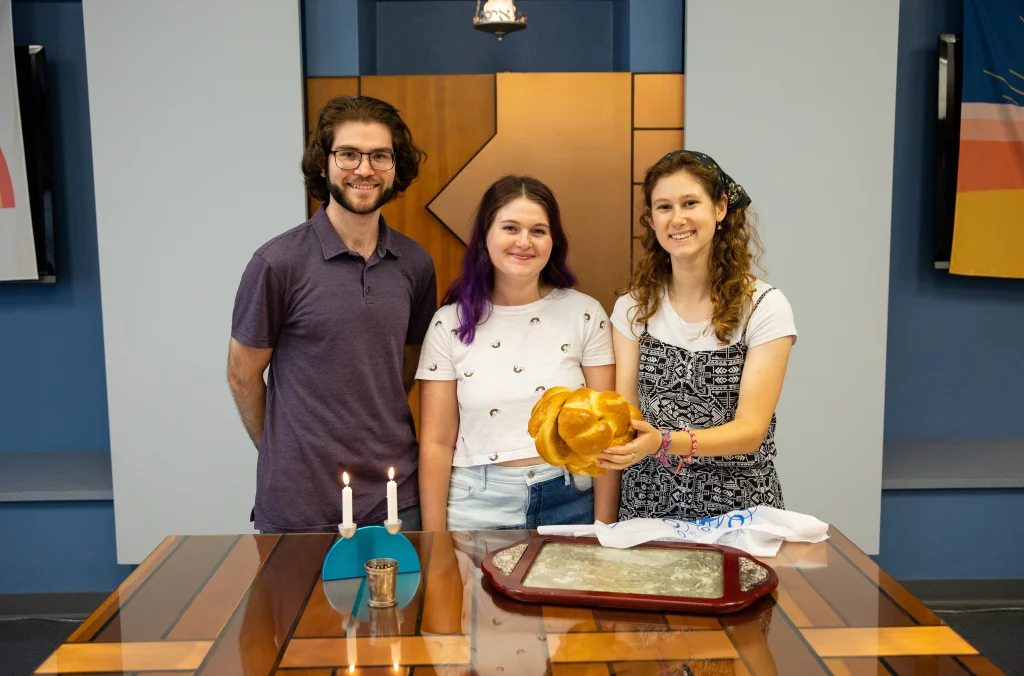Channeling Queen Esther on Purim

Antisemitism on campus, antisemitism on the streets, attacks, harassment, upheaval, and unrest: the news coming in from across the Jewish world can feel overwhelming and demoralizing. How do we speak up? How do we celebrate our Jewish identities in a time of such fear and uncertainty? These are not new questions and we can look to ancient Jewish ideas and traditions going back thousands of years.
The Purim story is a foundational model for how the Jewish community can respond to hate and fear.
The Book of Esther tells the story of the Jewish people living in exile in Persia after the destruction of the First Temple. Under the reign of King Achashverosh, a royal advisor named Haman concocted a plot to wipe out the Persian Jewish community. A Jewish woman named Esther became Queen of Persia, and she and her guardian, Mordechai, were able to foil Haman’s plot and save the Jewish community.
At the climax of this story, when the Jewish community of Persia is facing imminent destruction, Mordechai calls on Esther to speak up on behalf of their people and to fight the unjust laws of the land. Esther’s initial reaction is hesitation — she is afraid to go against the accepted practices of the land, “All the…people of the king’s provinces know that if any person…enters the king’s presence in the inner court without having been summoned, there is but one law — that he be put to death.”
Mordechai reminds her that she is forever tied to the Jewish people and that speaking truth with a Jewish voice is the reason she became queen. Esther’s renewed connection to her own Jewish identity gives her the conviction to speak out for her people. She says to Mordechai, “Go, assemble all the Jews who live in Shushan, and fast on my behalf; do not eat or drink for three days, night or day. I and my maidens will observe the same fast. Then I shall go to the king, though it is contrary to the law; and if I am lost, I will be lost.”
The end of the Purim story is one of triumph for the Jewish people. Esther is celebrated as a hero and advocate for her community. Mordechai and Esther remain in positions of leadership and influence to protect the Jewish community and speak out on their behalf.
Esther’s bravery in claiming the power of her Jewish voice and identity can inspire and remind us to do the same, especially in periods of time with increasing antisemitism. Hillel helps Jewish students feel confident in being visibly and joyfully Jewish which is a critically important tool in countering antisemitism.
Living Jewish lives, lighting Shabbat candles, celebrating holidays, and learning Torah from a place of joy and pride in our identities is the truest repudiation of antisemitism and the greatest legacy of the Purim story.